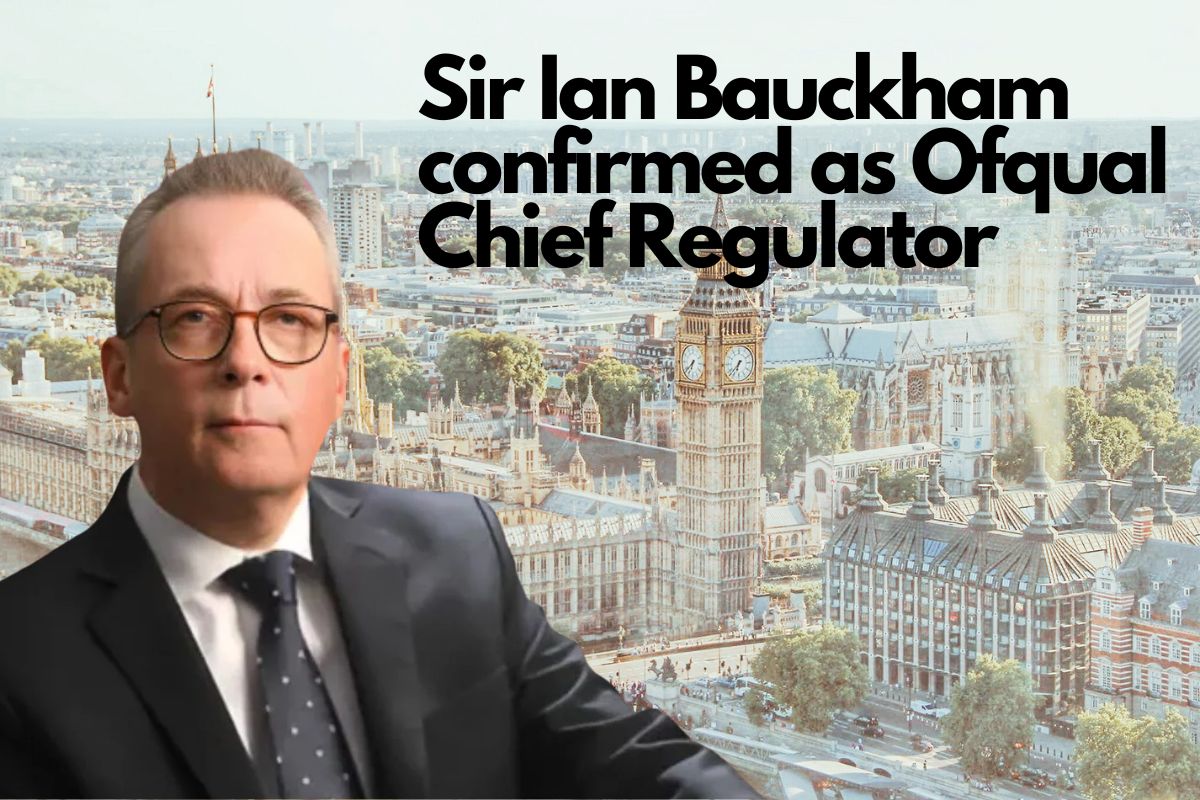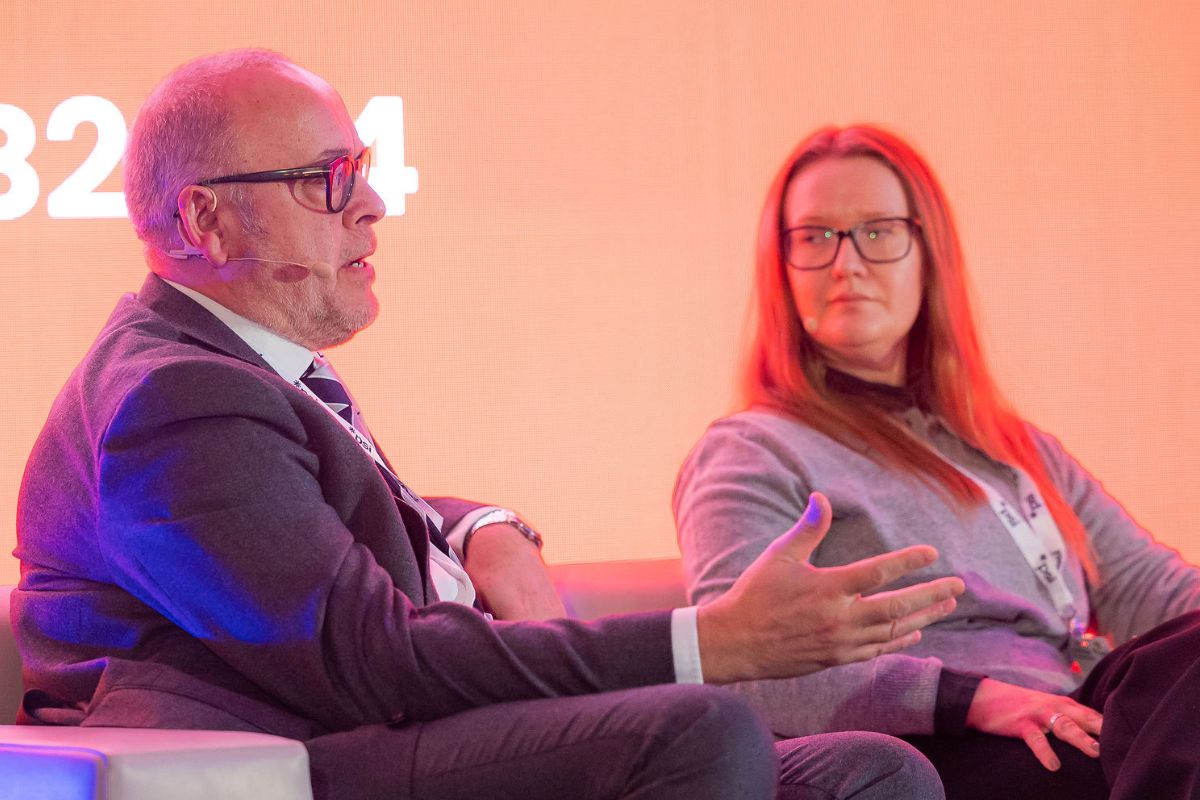Aligning organisational purpose, strategy and transformation priorities with available funding

In an environment where funding is desperately scarce, it is vital that leaders have processes in place to align resources with organisational purpose, strategy and transformation priorities.
Under this heading, I am particularly interested in two slightly different things:
- first, ensuring that resources are aligned with the organisation’s purpose and strategy; and
- second, recognising the costs of change associated with the transformation effort.
During my time as a civil servant in what is now the Department for Education, I worked on successive spending reviews and other ‘fiscal events’ – budgets, pre-budget reports and other ad hoc spending announcements with respect to further education and skills.
I learned then that spending processes can often be the most strategic exercises an organisation engages in if, as is the case with spending reviews, the long-term allocation of resources to a given area of activity is at stake.
You can always tell how serious government is about a given policy announcement by looking at the resource allocation that accompanies it – or not.
The same is true, I believe, of financial processes within a delivery organisation – whether a further education college, other public service or private sector business.
Just as leaders need to help colleagues at all levels to translate purpose and strategy into daily action,so they also need to reflect purpose and strategy in their allocation and use of resources.
Particularly in an environment with so very little resource, it is crucially important for leaders to ensure that the resources which are available are perfectly aligned with their priorities.
This imperative bears on two very different processes: business planning and operational cost control. However challenging the context, I always loved the annual business planning process during my time at HLG.
It was my annual opportunity to check and review whether I was content that we were investing and balancing available resources in a manner that reflected our purpose,strategy and values.
One of the many balances that must be struck in any annual business planning process is between what I would call a ‘last year plus or minus’ approach, which presumes last year’s allocation of resources as its starting point, and a ‘zero-based’ exercise which builds up resourcing for each area from a blank sheet each year.
The former risks oddities and inefficiencies creeping in over time. The latter is a massive and complex task. For the first full financial year of a transformation journey, leaders may very likely judge that a zero-based exercise, or something close to it, is necessary. I, and several others I spoke to in preparing this piece, certainly did.
Thereafter, it remains crucial for leaders to use business planning processes as their opportunity to test that resources are aligned with priorities – without necessarily taking a zero-based approach every year.
I learned almost everything I know about operational cost control during my time at Capita – widely appreciated as the apogee of the practice.While Capita’s imperatives were rather different, many of the principles and approaches are transferrable. Different leaders and finance functions will have their own favourite measures to control cost.
The challenge is to build a culture of healthy austerity and challenge, rather than simply to turn off the spending taps by, for example, reducing delegated authorities to barely practicable levels or requiring CEO approval of new suppliers or certain categories of spend.
Again, this relies on mid-level managers’ engagement with and ability to translate purpose into daily reality – managing conversations within their teams about the ways in which they are stretching the canvas over the frame in the best way possible in the circumstances.
The other factor I want to talk about here is the costs of change. I note in Chapter 1 that government has a nasty habit of issuing unfunded mandates to further education colleges, i.e. new requirements which do not come with a fair allocation of new resources.
That paucity of resource often relates both to the costs of change and the costs of delivery. Referring again to the maths and English example used in Chapter 1, all colleges will have incurred substantial costs of change – including, for example,staff recruitment and training as well as the great deal of work required to ready themselves to operationalise the change – as well as the direct operational cost pressures associated with the new requirement imposed on them from autumn 2015.
The same principle applied to the transformation of the organisation. Any credible transformation plan will include shortand medium-term pieces of work,system and other changes as well as the increased workload borne by colleagues across the organisation as they operationalise the product of those transformation projects.
The IPA seven lenses framework highlights the risks associated with having colleagues work on transformation projects on top of their business-as-usual responsibilities, and with using the same pool of‘usual suspects’to work on transformation projects – as well as the need to recognise that transformation is a different skillset to business as usual.
The financial context means that these risks will manifest as issues in most college transformation efforts; there simply isn’t enough money available to do transformation properly – particularly where financial issues form part of the baseline position from which a given college is trying to transform itself.
Of the 88 colleges that were rated either Inadequate or Satisfactory for their financial health in 2016/17, over half (46) were also either Inadequate or Requires Improvement in their previous Ofsted inspection.
It is also worth noting here that where organisations fail to align resources with priorities, those priorities are doubly undermined – first, for want of the possible resources, and second, as colleagues across the organisation see that resources are being distributed to other areas which they should assume from the strategic narrative are less of a priority.
The effect is to undermine the organisational conversation about priorities and focus on purpose.
Colleges are large, complex and commercial organisations. Leaders should try to concentrate their commerciality in commercial parts of the organisation.
I talked in Chapter 5 about some of the long-term trends in government policy relevant to the further education sector.
Among them were two intimately related trends which I want to pick up on now.
- First, government’s sustained effort to put employers in charge of the skills system in which they engage to access publicly (and now levy-) funded training.
- Second, the growing commercialisation of the further education sector.
As government has sought to put purchasing power in the hands of the employer-customer,so it has required that colleges and other publicly funded training providers work harder – and more commercially – to secure the right to deliver training for those employers.
I talked in Chapter 1 about the very real commercial opportunities and challenges presented for colleges by the advent of the apprenticeship levy – which, more than any of its many predecessor arrangements, gives real purchasing power to employers.
It is right, rational and necessary for colleges to grow their commercial, marketing and business development capability in response to these and other changes which seek to make them compete for their lunch – as Minister Boles characterised it.
Beyond the competitive, commercial tensions which have been designed into the further education sector, as purchasing power has been pushed into the hands of employers, we have also seen a raft of other factors raise the commercial stakes in further education.
Paucity of funding itself demands greater commerciality as colleges look for new,smarter ways to stretch the canvas over the frame. Managing relationships with lenders whose appetite for the sector has been spooked by the area review process and insolvency regime to come.Capital projects and grant applications. For some, international operations too. The requirement for commercial expertise is now substantial and constant.
It strikes me that colleges have responded to the growing need for commerciality in a combination of three ways:
- Bringing commercial experts into their senior management teams and governing bodies;
- Creating discrete commercial teams to focus on commercial aspects of their operation; and/or
- Seeking to grow the commerciality of the organisation as a whole – including their mid-level managers, and operational and teaching staff.
I am a very strong advocate of the first two – but have real reservations about the third.
Whether it’s the growth of a thriving apprenticeship and commercial training operation, international business or the negotiation of high-value capital projects and asset disposals, colleges need access to genuine commercial expertise to make the most of the opportunities open to them – and to mitigate the risks It is not reasonable to expect that career curriculum leaders will simply turn their hand to these tasks because the sector has evolved that way – just as it is not reasonable to assume that folk from a commercial background will somehow become curriculum gurus the moment they set foot in a college.
Better, surely, to introduce commercial experts to lead commercial work so that curriculum colleagues can focus on curriculum. There is something here for me about creating reasonable job roles in an unreasonable sector.
By concentrating commercial work in commercial job roles and business units, you de facto preserve the integrity of curriculum roles. From a performance perspective, this means that leaders are in a strong position to expect strong performance from both their commercial and curriculum colleagues.Where curriculum colleagues are also burdened with commercial targets and responsibilities, that feels much harder to me – partly because their attentions are divided, and partly because, in many cases, leaders will be asking colleagues to deliver things which sit beyond their expertise.
That means both that targets will likely be missed, and that colleagues’ morale will – understandably – slip. My particular preference is to create a completely distinct business unit responsible for apprenticeships, commercial learning and development services to employers, traineeships and other preemployment programmes.
My reasoning is an extension of the above – because I see the growth, management and delivery of these provisions as being materially different in nature to more traditional college courses for young people and adults.
We did this at HLG, creating Hart Learning & Development (Hart L&D) as a discrete business unit focused on helping businesses to invest in emerging talent through apprenticeships, traineeships and other programmes.
We gave the business its own brand, leadership team and identity within the Group so that it could develop business regionally and nationally, while also addressing local need. We won a TES FE award for our marketing of Hart L&D and, over time, began to secure national client contracts with organisations like the Co-Op and Lloyds.
I don’t believe we could have won those contracts under the North Hertfordshire College brand; we needed clients to see the business as a national one. I don’t believe we could have won them without the commercial, marketing and business development expertise we injected into the business.
I am absolutely certain we could not have delivered those contracts from a traditional college organisational structure without undermining the quality of our provision for all of the students supported by the relevant college curriculum department.
I was fascinated to talk to Gary Headland about the growth of Lincoln College Group’s international business – which is now broadly the same size as their Group’s colleges in the UK.
Though Gary’s focus was international business, rather than the domestic apprenticeship and wider learning market, his approach is very similar to mine. He has created a discrete international and commercial division to lead their international and UK commercial work – permitting college colleagues in the UK to focus curriculum performance.
Others will have different views and follow different paths depending on their perspective on some of these issues and, crucially, on their commercial ambition. Structure should directly follow strategy.
In both of the examples described above, the commercial ambition was substantial. It made sense and was necessary to invest in discrete operating structures. Where the ambition is different, different structures may be preferable.
It can be difficult for colleges to maintain a single version of the performance truth. Beyond that, there is a huge opportunity for colleges to access genuine insight about their performance.
Maintaining an up-to-date, accurate and compliant data set in a further education college is a mammoth task in its own right. The stakes are high, given that the data sets which colleges submit to the ESFA determine the payments they receive from the Agency during that year, inform the funding allocation they’ll receive for subsequent years and are used to report publicly their student numbers, retention, achievement and other performance measures.
It would be all too easy for leaders to feel like they have achieved something just by submitting a clean data set to the ESFA each month – without having used that data within the organisation.
You will recall from Chapter 3 that Ofsted often criticises poorly performing colleges for their failure to use data to help them identify, understand and address areas for improvement in the curriculum performance.
Those criticisms often relate to the ready availability of basic, headline performance information which enables leaders and managers to understand how they are performing – let alone why they are performing at a given level.
Established good practice is for colleges to maintain some sort of performance dashboard(s) which shows leaders and managers things like student attendance, progress, retention, forecast achievement at the whole-organisation, department and course level.
Different institutions use different tech applications to help them do this in different ways, depending on their particular preferences and operating models. Maintaining a single version of the truth throughout the organisation is the aim for most.
The above position is difficult to establish given the amount and complexity of student data in most colleges – and given the fact that the majority of that data pertains to a fairly dynamic customer group, i.e. 16- to 18-year-olds.
Reaching that position is worth the investment it requires, given the ability it affords leaders and managers to see and take action to address performance issues in a timely manner.
All I am talking about here though is information. Not insight. Few colleges push beyond information to access genuine insights which help them understand and take hyper-targeted action to improve in-year performance and/or address sustained areas for improvement.
It is one thing to have the information to hand which tells you that student attendance on a given course is too low. It is quite another to interrogate the huge amount of data which colleges hold on their students to access genuine insights about why attendance might be low on a given course.
Access to information may very well lead to timely action to address the issue, including discussions with students, texting students to remind them about forthcoming sessions, engagement with their parents, i.e. the standard set of things that curriculum managers know you should do in response to poor attendance.
Access to insight will more likely prompt timely and focused action to address the particular causal issue – rather than the symptom, i.e. poor attendance. If non-attending students all live in the same area and the bus doesn’t get them to college in time for the particular sessions they tend not to attend, leaders need to talk to the bus company as well as their students.
This sort of approach is worth the modest investment that it would require – helping colleges to understand causal issues as well as headline areas for improvement, helping them to invest their time and resources in more targeted and effective ways to drive improvements more quickly as part of their overall transformation programme.
This sort of approach is also very likely to be more difficult in a poorly-performing college, where the first priority may well be to establish robust information processes, dashboards and a single version of the truth which can be used as part of basic performance management.
Matt Hamnett, Director, MH+A
Over the next few weeks FE News will be publishing this research in full, and FETL will be hosting a webinar with Matt on the report later in February.
Chapter One: The further education operating context is incredibly tough / The introduction of T levels
Chapter Two: College performance compared to other sectors
Chapter Three: The 5 causes of poor performance in FE
Chapter Four: Seven lenses of transformation for FE / FE Can Learn From The Success Of Other Sectors
Chapter Five: Good Strategy Is Crucial For FE Transformation / Policy Cycle Blights FE: Colleges Leaders Should Chart Their Own Course
Chapter Six: How to unleash the talent already in your college / Aligning organisational purpose, strategy and transformation priorities with available funding
Chapter Seven: Leading the transformation in FE











Responses